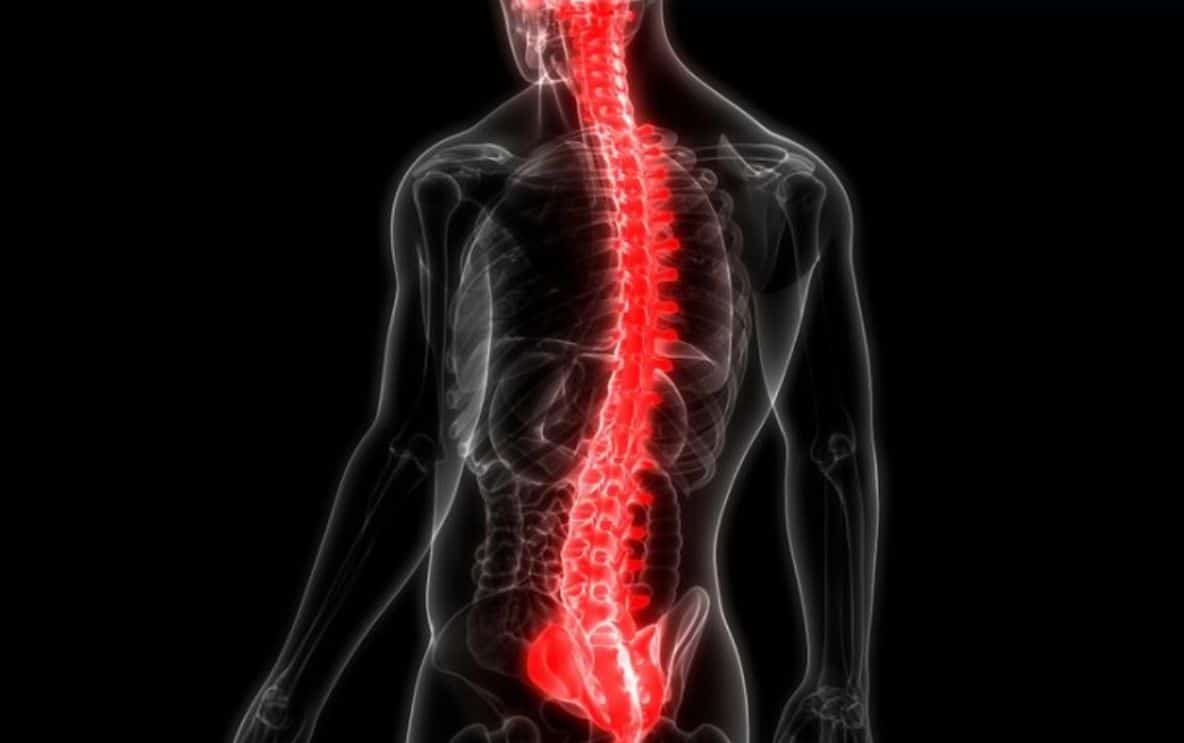Hundreds of thousands of people each year suffer spinal cord injuries that lead to partial or complete paralysis of the body and loss of sensation. Treatment of these problems, in addition to physical therapy, simply did not exist until now.
A total of 13 patients with spinal cord injuries experienced various improvements in their condition after being treated with an intravenous infusion of their own stem cells derived from their bone marrow. The study was carried out by scientists from Japan and the United States.
- Scientists in Fear of This New Predator From Red Sea Eating Native Species in Mediterranean
- Does This Mean We Stopped Being Animal and Started Being Human Due to ‘Copy Paste’ Errors?
- The One Lifestyle Choice That Could Reduce Your Heart Disease Risk By More Than 22%
- Aging: This Is What Happens Inside Your Body Right After Exercise
- Immune-Boosting Drink that Mimics Fasting to Reduce Fat – Scientists ‘Were Surprised’ By New Findings
The stem cells in question are known as mesenchymal cells. They are multipotent adult cells with the ability to repair bone, cartilage, muscle, or fatty tissue. Despite their impressive properties, they have generated considerable controversy, especially after Japan accelerated their approval for commercial use in late 2018, before obtaining comprehensive data on the safety and efficacy of the experimental treatment.
However, more than two years later, the therapy, known as Stemirac, is bringing positive results.
“The idea that we may be able to restore function after brain and spinal cord injury using the patient’s own stem cells has intrigued us for years. Now we have a hint, in humans, it may be possible.” explains the study’s lead author, Yale University neurologist Stephen Waxman.
Of the people with non-penetrating spinal cord injuries, whose spinal cord was not broken – treated with Stemirac, all but one person had shown improvements in key sensory or motor functions during the six-month period after the infusion.
More than half of the group showed substantial improvements such as the ability to walk or the use of the hands. In many cases, progress was noticeable just one day after treatment, although other cases took weeks. It should be noted that no adverse effects were recorded.
- Scientists in Fear of This New Predator From Red Sea Eating Native Species in Mediterranean
- Does This Mean We Stopped Being Animal and Started Being Human Due to ‘Copy Paste’ Errors?
- The One Lifestyle Choice That Could Reduce Your Heart Disease Risk By More Than 22%
- Aging: This Is What Happens Inside Your Body Right After Exercise
- Immune-Boosting Drink that Mimics Fasting to Reduce Fat – Scientists ‘Were Surprised’ By New Findings
The results of the study were published in the Journal of Clinical Neurology and Neurosurgery. Although the researchers acknowledge that it was a small trial that lacked scientific precision, they say that initial data shows that it is worthy of follow-up studies with larger numbers of patients.
